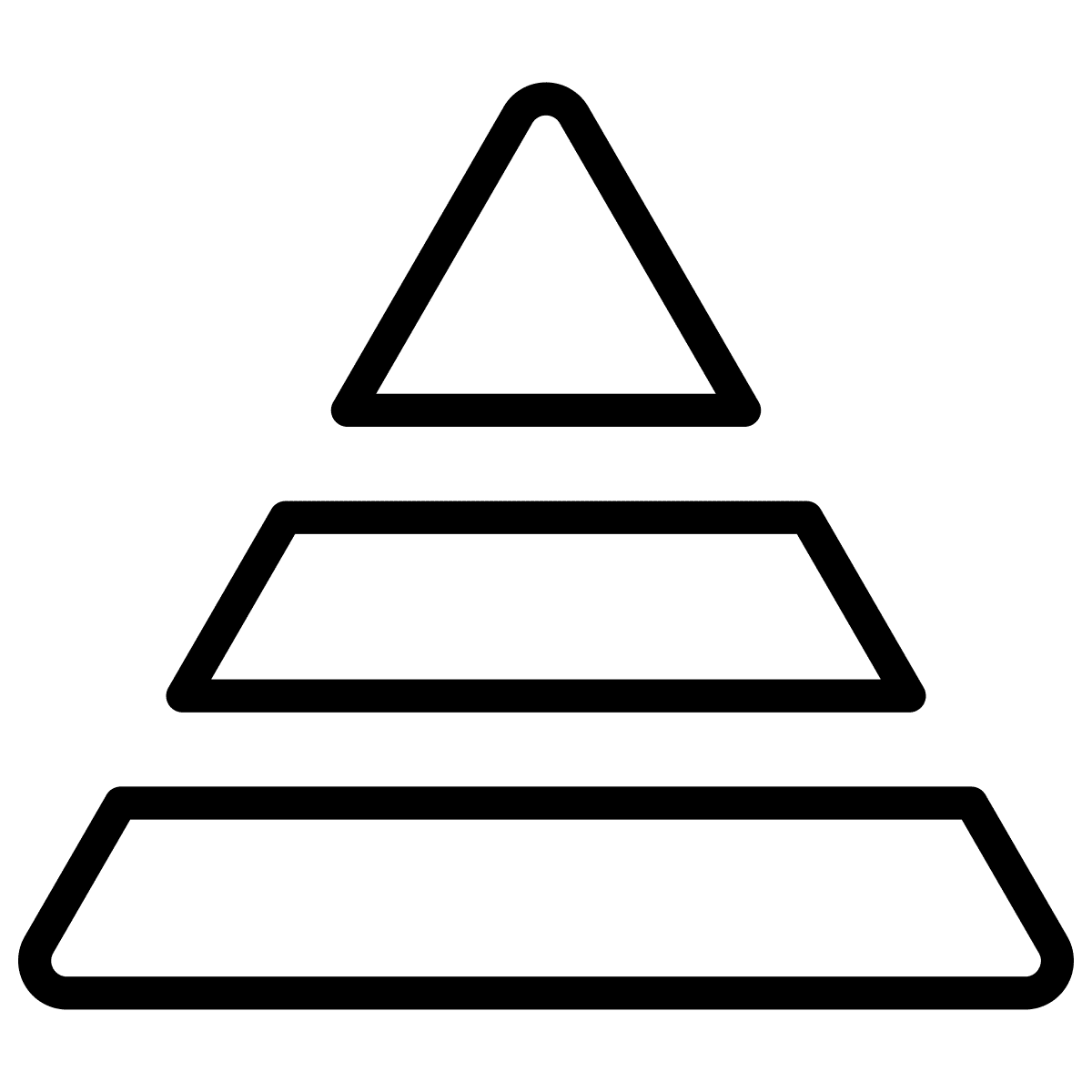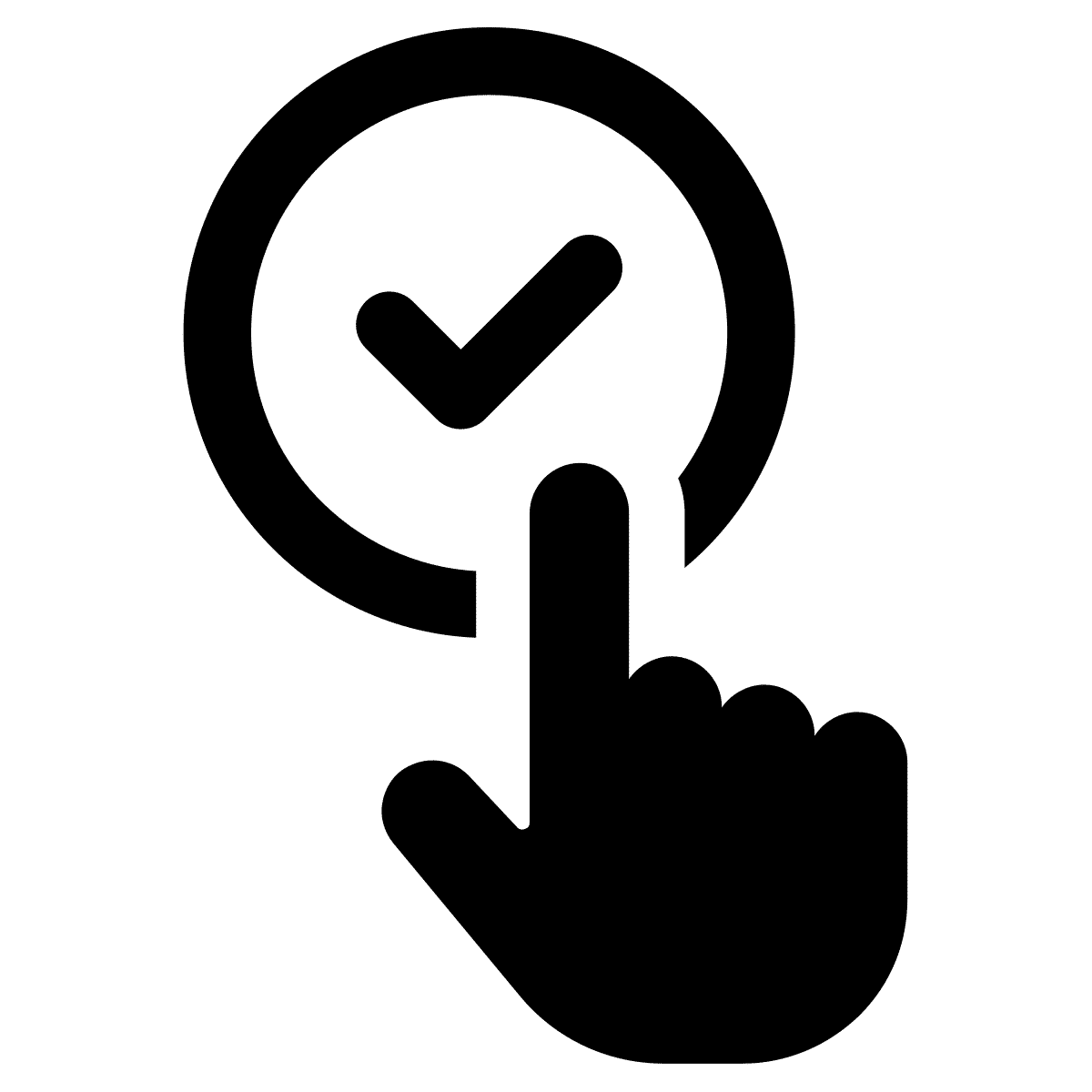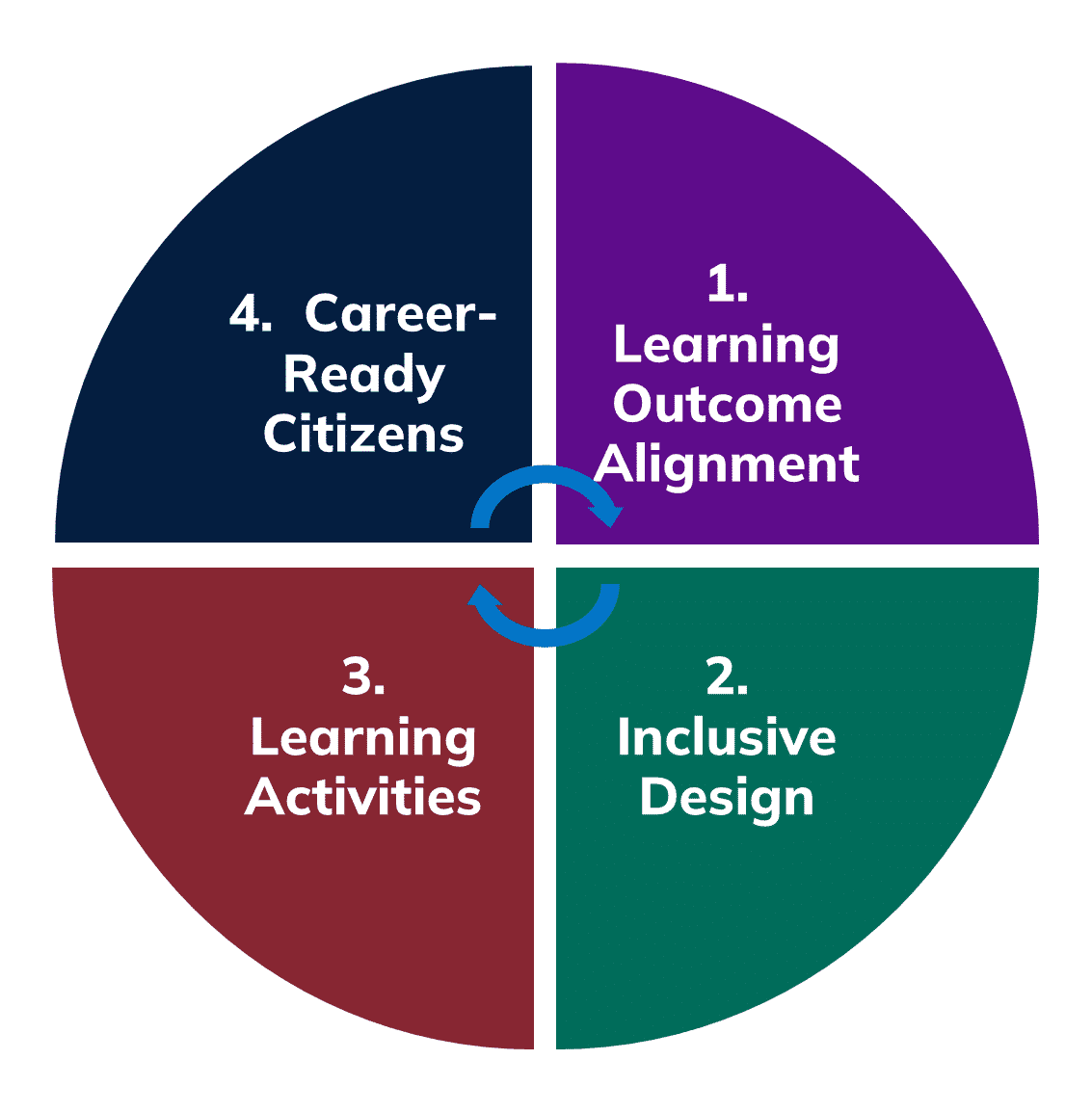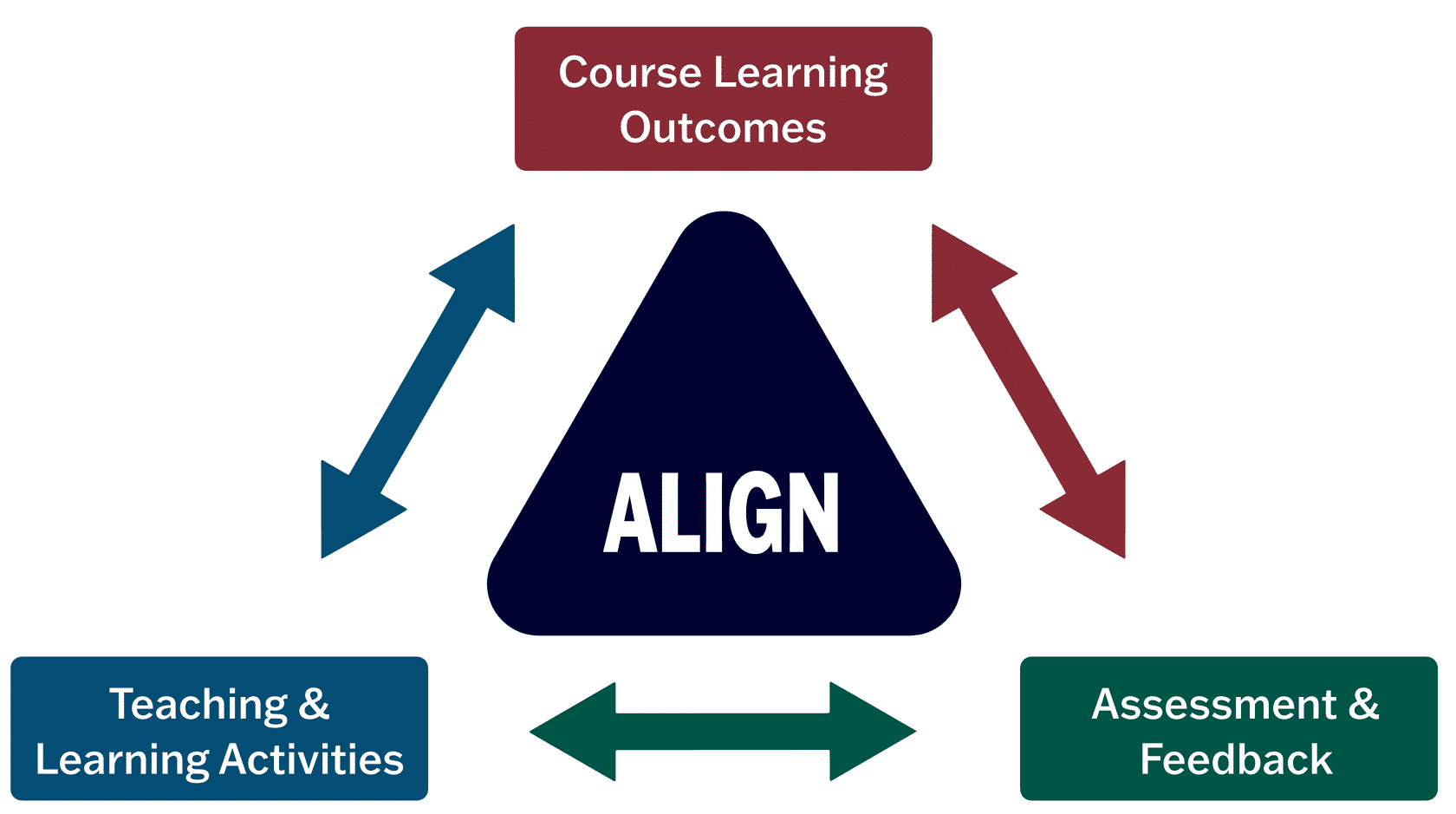What is a course outline?
A course outline is a high-level document that outlines course information, program learning outcomes, course learning outcomes (CLOs), resources needed for the course, modules covered in the course, prior learning assessment & recognition (PLAR), and other important information. It serves as a commitment to students taking the course, allowing them to understand what they will learn and how they can expect to learn. A course outline is consistent across sections of an individual course; elements such as specific assessment information or resources unique to an individual instructor should not be included in the course outline, but rather a critical path or other course documentation.
Why do we use COSSID?

Streamlined Alignment Process
COSSID provides an easy way to align program learning outcomes with course learning outcomes, assessments, and modules. It generates outlines that can be duplicated from one year to the next, which will minimize time spent on course outlines in the future.
Convenience
Completed outlines in COSSID are instantly available in the Completed Course Outline Repository, eliminating the need for PDF distribution. You can upload live links to your Blackboard site, ensuring students always access the latest version.

The Course Outline Process

The outline process starts when an associate dean (AD), a program manager (PM), or a program support officer (PSO) assigns an editor, reviewer, and publisher to an outline.

The editor is responsible for updating the contents of the course outline. The editor will complete all 14 steps of the COSSID process, and then submit the outline for peer review.

The peer reviewer will receive an email telling them the outline is ready for them to review.
- If the reviewer has edits to suggest, they can choose to send the outline back to the editor with feedback, which then allows the editor to manage the outline again.
- If the reviewer has no edits to suggest to the editor, they will approve the outline, which will send it to the publisher.

Once the peer review stage is completed, the publisher/AD will receive an email telling them the outline is ready for them to publish. The publisher has the ability at this stage to
- Suggest edits to the editor
- Make changes to the outline themselves, or
- Publish the outline.
Overview of the Editing Steps
In this section, we will go over the fields that need to be filled out at each step of the course outline editing process.
What you need:
- Total course hours
- Pre-requisites, co-requisites
- Equates
- Restrictions
- Modality
A useful resource: A previous published version of the course outline (see Completed Course Outline Repository)
What you need:
- Most up-to-date course description from Humber programs website
What you need:
- Program Map
- Humber Learning Outcomes
What you need:
- No more than 2 sentences explaining the importance of the course within the program and how it relates to the learners’ field of study and future employability
What you need:
- Course Learning Methods
What you need:
- Essential employability skills that will be assessed in the course
What you need:
- Program learning outcomes that will be covered in the course (refer to Program Map)
What you need:
- Course learning outcomes
- Alignment with essential skills/program learning outcomes
- Learning domain
- Learning level
- Action verb, learning statement, and criterion
Useful resources:
What you need:
- Assessment title
- Assessment method
- Level of assessment
Useful resources:
What you need:
- At least 3-4 lesson objectives that describe the knowledge, skills, and/or attitudes required to achieve each course learning outcome.
What you need:
- Required and supplemental resources in APA format
- ISBN (if applicable)
- Required and optional tools/equipment
What you need:
- Learning modules
- Course learning outcomes associated with each module
- Assessments to evaluate learners' understanding of the module
- Resources, tools, and equipment required for each module
What you need:
- Category (e.g., challenge exam, learning portfolio)
- If PLAR is not applicable, provide a rationale explaining why it is not available for the course.
Reviewing Your Course
As you review your course and proceed through the COSSID steps, it is a good idea to consider how the different pieces of your course fit together in a way that supports student learning and outcomes. Ensuring that learning outcomes are clear and are aligned with both the smaller pieces of a course - assessments and learning activities - and the larger pieces - program learning outcomes - helps to ensure that students are clear on expectations and understand why the course is important.
When reviewing your course consider doing so through the following four lenses to ensure that your course is cohesive, accessible to students, and impactful.
- Write learning outcomes that are clear and measurable
- Universal Design for Learning (UDL) and Accessibility for Ontarians with Disabilities Act (AODA) guidelines to ensure student success.
- Consider activities that build deep understanding.
- Include the Humber Learning Outcomes skills and mindsets that help develop students into career-ready citizens.

The Goal: Constructive Alignment
Sometimes it helps to start with the end in mind, and work backward to imagine what learning activities and assessments would be useful to help students achieve the intended course outcomes. Constructive alignment (Biggs, 2007) is an outcomes-based approach in which all learning activities and assessments are designed intentionally to directly align with the intended course learning outcomes, resulting in deeper learning and understanding and student ability to better articulate what they have learned and why it is important.

